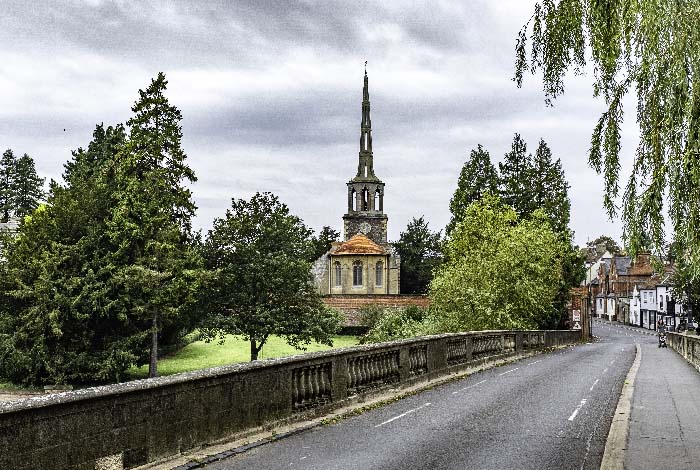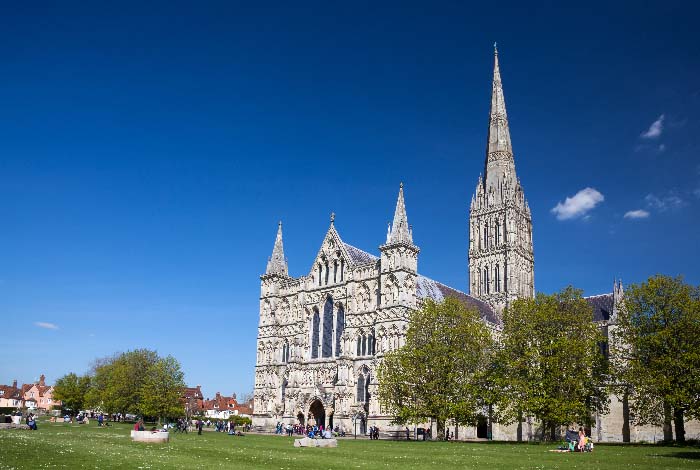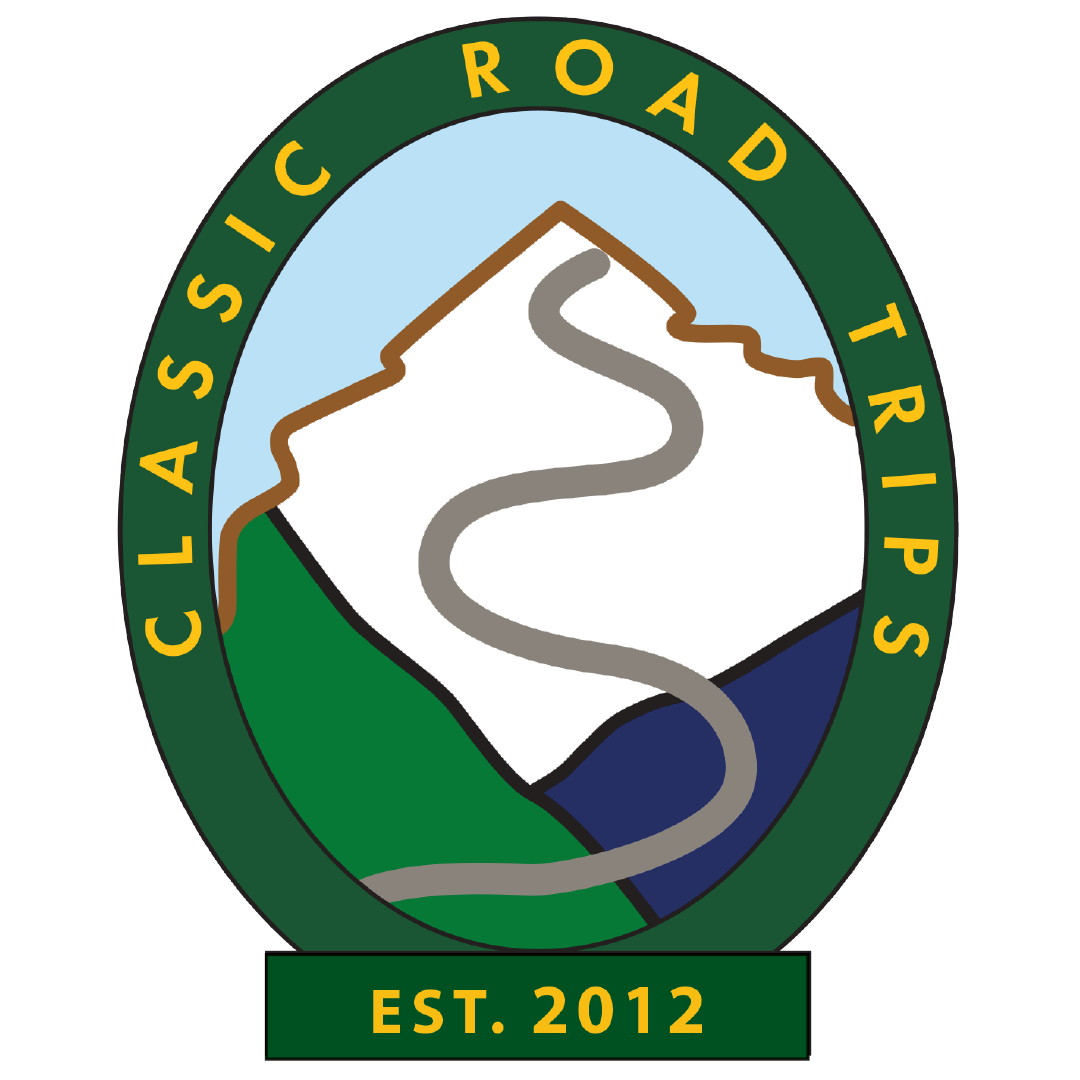Loading...
Le Mans Travel Guide Part 3 – What to do when there?
August 14, 2016 / Posted by Laurence Laver
The Le Mans 24 Hour race meeting is a weeklong event starting on the Monday before the race with Scrutineering and finishes with the Podium Ceremonies on the Sunday afternoon. In between times cars take to the full track on Wednesday and Thursday afternoons and evenings, on Friday there is the drivers Parade. Race Saturday starts at 09:00 with free practice and entertainment continues through to race start at 15:00..
A General Entry Weekend ticket allows entry to the circuit for the whole of the week; this includes the viewing areas at Arnage and Mulsanne as well as transport to and from the Main entrance, and the Pit Walk on Friday. A Grandstand ticket guarantees your seat for the duration of the race. Getting around the venue and the city gets more crowded as the week go on. Le Mans has a tram, the terminus of which is just by the Southern entrance to the circuit next to the Football Stadium. This has direct links with the City Centre where there is a curious mix of modern post war architecture and medieval flying buttresses. Le Mans was the ancestral home to the Plantagenet dynasty that ruled in England from 1152 to 1485, so there are plenty of non-automotive sights to explore and see.
Scrutineering
This is where the race officials check to see whether each car conforms to the regulations and that a level playing field for each class of car. It’s a great opportunity to see the cars and the drivers close up, with plenty of photo opportunities. Scrutineering takes place on Monday and Tuesday of race week the ‘Place des Jacobins’ in the city centre of the town just below the Cathedral.
Qualifying
Qualifying takes place on Wednesday and Thursday Evenings. Staring Early on a Wednesday with the historic cars and then with two two-hour sessions on each evening. The first session lasts from 19:00 to 21:00 and the second session from 22:00 to 24:00. Each rookie driver must complete at least 10 laps in the dark before they can take part in the main race. There are often some spectacular crashes during these qualifying periods as drivers push both their own and the cars limits. If you have a grandstand seat booked, now is the time to find it and check the view from it. There are no restrictions to grandstand access during the qualifying periods so you may find someone sitting in your allocated seat. Usually the incumbent is more than happy to move but there are some that won’t So be on your guard.
Once the tickets have been confirmed then at this stage there are two further bookings to confirm. First are the channel crossings, this decision is easy, Channel Tunnel, there’s just no competition, cheap, fast, efficient, clean and hassle free. Admittedly there is more driving, but then you are going on a motoring pilgrimage, so why spend it on a boat? The essential booking is the return journey Hotel. I say essential as after many years of trying to get home on race day can become quite dangerous. By the time the race has finished you will have had only a couple of hours sleep in the previous 30 hours, and the previous 2 nights will have been not the most sleep filled, so Drivers and co-drivers can be quite weary once they get back to the tunnel on the Sunday evening. I find things getting a little tired and emotional once the M25 is reached so I highly recommend an overnight stop for those with any more than 3 hours driving once back on home soil.
If you are without grandstand seats then sit on the terracing opposite the pitlane and watch how hard the crews work, the additional benefit is that there are screens that will keep you up to date with the live timings and grid positions.
Friday – Pit walks –Village
On Friday there is no racing of any description. The pit lane opens at 10:30 for all those with a general entry ticket. Don’t hang around the campsite or hotel if you want to pick up posters etc, you need to get in early as by 12:00 it will be eight deep at the most popular garages and all the free stuff will be gone. More recently there have been significant historic cars parked on the track above the pit lane exit, this gives a good opportunity to have a walk out on bits of the track that are not usually accessible to the public.
The village is also in full swing at this time, there are a mix of Manufacturer Official merchandise stores, promotional stands from the tyre manufacturers and significant race suppliers, as well as the usual mix of independent stands with artwork, clothing and memorabilia. The Village itself stretches from the rear of the pits almost to the Dunlop Bridge making it a sort of open air Motorsport shopping mall, and in the best traditions of a shopping mall there are bars and restaurants to ward off hunger and thirst.
Weekend Race
As befits a world class sporting event the organisers lay on a 6 hour build up to the race. From 09:00 on race day the full circuit is in use, check the programme for changes to the programme but there are warm ups for the historic races as well as the main race cars, then follows parade laps for car clubs and significant cars from the race’s history.
Following on from the parade laps is the Historic Race, recently this has been either the Group C cars from the 1980’s, Jaguar XJR-9, Porsche 962s, Spices etc which are as dramatic as anything racing now. There are 50’s races with C types & D types and DBR1’s, 60’s races with GT40, 250 GTO, 250LM and 70’s races with 917’s. In all cases despite the age and worth of some of the cars the racing is highly competitive as the owners and drivers get into the spirit of the event and give no quarter to their fellow competitors.
Following the Historic race, it is usually time to have some lunch. The organisers continue with the playing of the National anthems of all the drivers taking part in the race. The grid then starts to form is the traditional ‘Ear of Corn’ formation, this harks back to the original start process where the cars were backed into the pit wall and the drivers lined up on to opposite side of the track and as the clock struck 4PM they ran across to their cars. After many fatalities in the 60’s, due to drivers not being strapped in properly, the modern rolling start was adopted in 1970. The cars are then pulled across to their grid position and the final countdown to the start begins.
The Start
The start is usually at 15:00 local time. Check programme for changes, in my experience it has started as late as 17:00 and is subject to movement if it clashes with the football World Cup, especially if France are playing. The cars set off behind the safety car at around 14:50 or 10 minutes before the official start time, the aim being for the pole sitter to be crossing the start line as the clock changes to 15:00. They always seem to take an age to get around, if you are opposite a screen then you get the full coverage of this ‘parade’ lap. On the pits straight, the crowd cranes its neck to get a view of the cars coming out of the bend at Maison Blanche and down the straight to the Ford Chicane and the start line.
The noise of 56 cars at full tilt makes your ear drums rattle and it takes a full 30 seconds for the entire field to pass by, each car a fleeting glimpse, each car already trying to get past the one ahead. Sometimes even the lead can change before the Dunlop Bridge. Although an endurance race it is a 24-hour sprint, the reliability of the cars being such that there is no time to pace the race if youare out to win it, the tactics are to take the race to your opponents and hope their frailties manifest themselves before yours.
Lap times for the fastest Cars are around 3 Minutes 30 Seconds, and the slowest are about a minute behind that, so you find that within the first 5 laps the Manufacturer Prototypes are getting in amongst the slower GT Cars and after about an hour or so the field is really mixed up.
The Corners
This is about the right time to move away from the Start/Finish Straight. There are two ways to go from here either towards the Dunlop Bridge at the top of the course, and follow the paths either inside or outside the track that finish up at Tertre Rouge and a large beer in the Tertre Rouge Bar. Or come outside the track and follow it anti clock wise towards the Porsche Curves, Arnage and Mulsanne. The first advice here is that although Mulsanne is a good 3.5 miles from the Pit straight by track it is at least twice that on foot so if you intend to walk it will be a good 5-hour round trip before you do any spectating. Other options are Car, bus or Cycle.
The downside of the car and Bus is that they both get stuck in the Jams that build up around the track, this is predominately an agricultural area for 51 weeks of the year, the roads are narrow and because the public road parts of the track are the best roads, the traffic is relegated to sometimes nothing more than single track lanes. This is made worse by temporary one-way systems that can have you half way to Tours or Angers if you do not pay full attention. The bus ‘Navettes’ are free with your general entry ticket, and you can hop from Arnage to Mulsanne. There is car parking in fields at each of the corners (except Porsche Curves) so beware if it is wet.
Each of the corners are an exciting vantage point. Cars approach the Porsche Curves at around 200mph, if the drivers miss the braking point they skittle across the gravel either into the wall or back onto the track. At Arnage it is double bubble, there is a long bank from which to watch from, tuck yourself up against the fence and see the cars sqirm as the drivers exit the corner, move half way along and often you can see 3 abreast as the faster ones try to get by the slower ones in the short straight. At the far end from the entry point is Indianapolis Corner, the cars approaching this from the fastest point on the track, so although racing and congestion are not usually in the same sentence this complex of bends certainly creates congestion on the track making it an exiting viewing point.
Mulsanne is possibly the most iconic corner in the racing world, with the engine noise reverberating off the trees and the cars braking from 200mph to around 50mph to make the 90-degree right turn. The corner is about a half mile walk from the road, so it is best to get the bus.
There is no spectating along the Mulsanne Straight, although there are several restaurants that have a view of the race from their gardens. You need to book early at the Hotel Arbor to be assured of a place in the restaurant on race evening, the food is excellent, if you don’t want fantastic food in a formal setting the owner charges €15.00 entry, that includes a beer and a ham sandwich, which isgood value given the view you get, but of course first you must get there. It takes an hour to walk from Mulsanne corner to the Arbor.
If you have a grandstand seat and find yourself at Arnage or Mulsanne around lunchtime on the Sunday then be sure to catch an earlier bus back to the village, otherwise you run the risk of missing the finish and the podiums.
Departure from the circuit
In a word, chaos, be prepared for long queues, not just around the circuit, but at toll booths on the motorway, although the situation is better the further from Le Mans you get. Certainly, the queue where the A28 meets the A13 at Rouen can be over a mile. My advice is to wait for later if you can or stay over until Monday morning and drive fresh and safe.
I hope that this series of articles has been informative, if you need any other information then drop a line to info@classicroadtrips.co.uk.
Book Now For


The Spring Sprint
Wallingford to Greenham Control Tower
John us for a Celebration of Classic Road's drive starting at Wallingford.
Learn more

The Champagne Classic
North-East France & Belgium
with remedial maintenance and local recovery support. The Itinerary uses a mixture of 4- and 5-star Hotels, with up to 2-3 nights at each.
Learn more

The Wessex Grand Tour
South-west England
Free your inner adventure with guided surfing trip. Enjoy the thrill, take the challange and refresh your mind in the sea.
Learn more
07900973355
●
60 St Johns Road, Wallingford, Oxfordshire.
●
info@classicroadtrips.co.uk